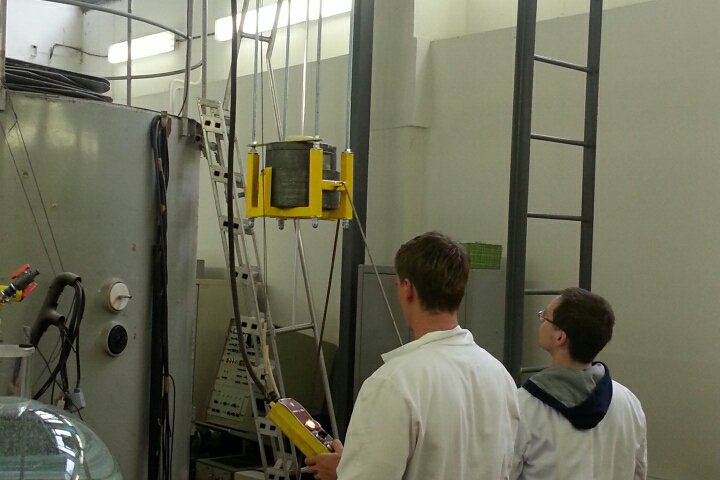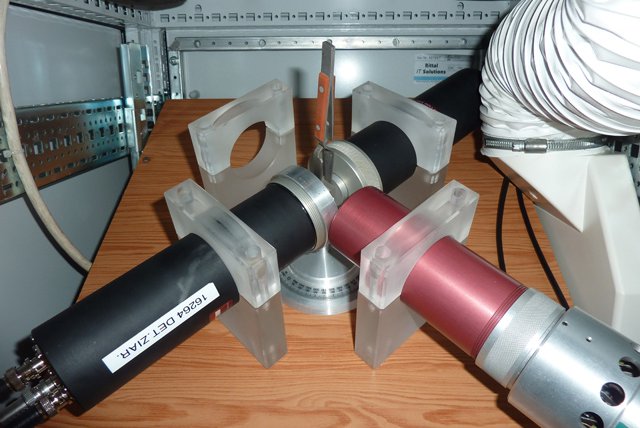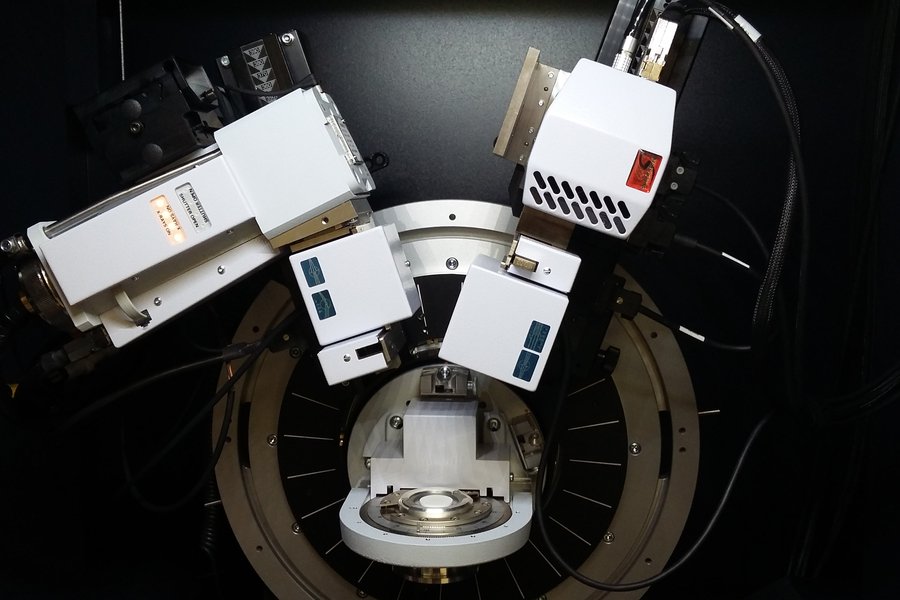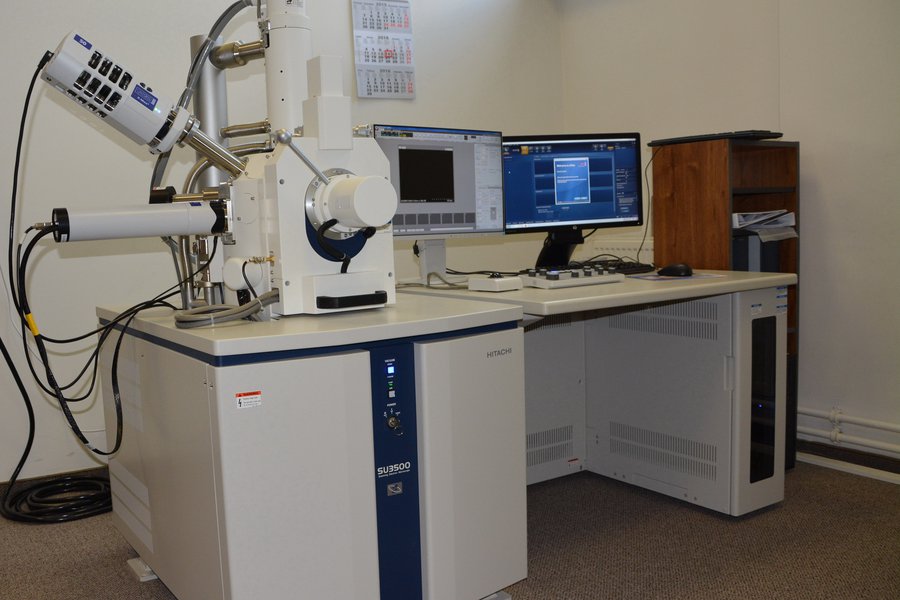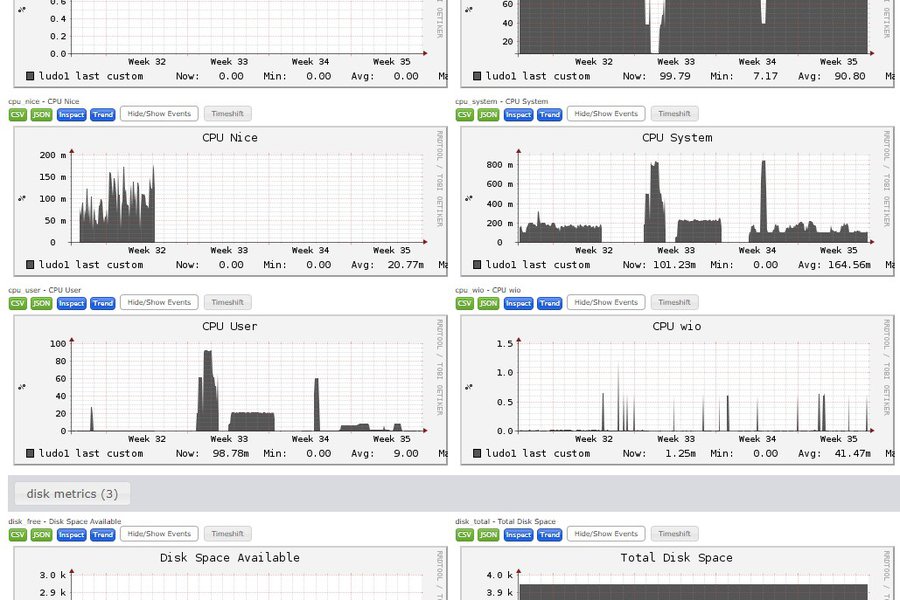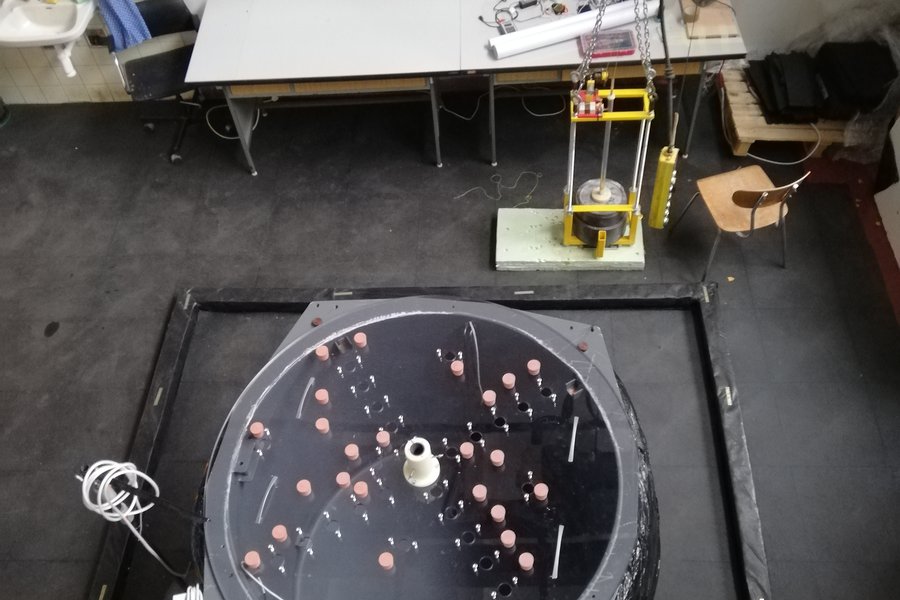STU Bratislava
The Slovak University of Technology in Bratislava (STU) is a modern educational and is ranked as the best university in chemical technologies, computer and technical sciences in Slovakia. The Institute of Nuclear and Physical Engineering (INPE) is one of the 10 institutes working as a part of the Faculty of Electrical Engineering and Information Technology (FEI) of STU. It is responsible for university education in the area of nuclear and physical engineering. INPE is active in various fields of nuclear research and development. There are currently 16 laboratories operated at INPE. The most important ones are the following:
The laboratory of Reactor Physics, is designed for neutron activation, neutron source emission rate and neutron diffusion and Fermi age measurement. The laboratory consists of experimental workspaces for neutron emission rate, neutron diffusion length and Fermi age measurements with Pu-Be and Am-Be neutron sources and apparatus for remote control and monitoring of experiments. Currently a new “Labyrinth” experiment is being prepared for testing of materials relevant to deep geological repository of radioactive waste and spent nuclear fuel.
Mössbauer Spectrometry Laboratory is used for a non-destructive material testing using the Mösbauer method with a wide diagnostic potential, applicable to all iron-containing materials. It enables accurate phase analysis of materials as well as identification of iron atoms in different crystallographic positions. INPE is experienced in analyzing samples from the fields of archeology, biology, chemistry, thin films and mineralogy including meteorites. It is possible to get spectra within the temperature range 4.2 - 300 K in external magnetic fields up to 6 T.
The Positron Annihilation Spectroscopy (PAS) Laboratory uses a non-destructive method for testing materials based on implanting positrons from a radioactive source into a sample and measuring annihilation characteristics. These characteristics are strongly influenced by positron capture on vacancies and sub-nanometric disorders and make PAS a specific tool for detecting defects (dislocations, dislocation loops, vacancies, vaccinations clusters) in the material grid. The positron annihilation spectroscopy method can be used to monitor the technology of preparation of various materials.
Supercomputer Applications Center deals with computationally complex problems in the field of reactor core and shielding analyses as well as nuclear data treatment. The hardware equipment can be divided into three specialized computing systems. The first one is a 108 CPU cluster system designed for massive calculations with simulation codes MCNP, SERPENT and KENO for solving safety analysis for Slovak NPPS. For preparation of microscopic cross-section libraries and for Monte Carlo and deterministic calculations a 48 CPU computer is used with the total operational memory of 48 GB. The third system consists of two 64 CPU modules with 2 x 256 GB operational memory.
